People believed that when Mark Zuckerberg said that smart glasses would definitely replace smartphones.
But can a hands-free, voice-activated, smart glass replace something as ubiquitous as smartphones? Don’t you think replacing a device that more than half of the world’s population is currently using would be impossible? Or can smart glasses really revolutionise the way we interact with technology?
Here’s a deeper look into the potential impact of smart glasses on our daily lives and how they could potentially replace smartphones.
The Difference In Utility Of Smartphones and Smartglasses
Before we even start talking about replacing smartphones, we need to understand the difference in utility and what each device brings to the table today (and probably tomorrow).
Smartphones – Utility for Today and Tomorrow
Smartphones form the backbone of our digital lives.
They not only serve as an essential communication tool, but also as a mini-computer that allows us to access the internet, use various apps and complete tasks on the go.
They are the doorway to a present digital ecosystem where the participants –
- Connect: We can connect with friends, family and colleagues through messaging, social media and video calls.
- Entertain: The app ecosystem in smartphones offers a wide range of entertainment options, from streaming movies and music to playing games.
- Organise: With calendar apps, note-taking apps and other productivity tools, smartphones help us stay organised and on top of our tasks.
- Learn: Smartphones also serve as a learning tool with access to educational resources, online courses and informative articles.
- Shop: Almost the entire economy has become mobile-friendly, allowing users to shop for goods and services with the convenience of their smartphones.
- Navigate: With GPS capabilities, getting directions and finding the best routes is easier than ever before.
- Capture: Most smartphones come equipped with high-quality cameras that allow us to capture memories through photos and videos.
- Earn: Since its an ecosystem – where users meet creators (developers, content creators, etc.) – people are making a career using just smartphones.
If we look at it from a broader perspective, smartphones are no longer just any accessory. in fact, according to statistics, smartphones have transitioned into essential tools in our everyday routines. According to the Pew Research Center, 91% of Americans own a smartphone. This shift highlights their integral role in modern life.
Now, let’s look at smart glasses. What can they do? How do they compare to smartphones?
Smart Glasses – Utility for Today and Tomorrow
Smart glasses are marketed as the next upgrade to smartphones. They are simple glasses but equipped with features like display screens (transparent within glasses) and built-in sensors that allow them to interact with the world around you. As a user today, you can utilise these smart glasses to interact with virtual assistants like Gemini or ChatGPT, or check your notifications without lifting a finger. You can also explore augmented reality experiences. For example, you might see directions overlaid on the street in front of you, or information about a building pop up as you look at it.
As per statistics, the smart glasses market is projected to grow significantly, with estimates ranging from reaching over $10 billion by 2031 to over $15 billion by 2032. This growth suggests increasing interest and development in this technology.
But how does this compare to what a smartphone does? Let’s revisit the key functions we discussed earlier and examine how smart glasses fit in.
Here’s the breakdown:
- Communicate: Smart glasses can connect to the internet, allowing you to send messages and make calls. You can even use voice commands to interact with your contacts. It’s just like having a tiny phone display right in front of your eyes.
- Interact: With built-in cameras and sensors, smart glasses can understand your surroundings. This opens the door to augmented reality. You now see helpful information layered onto the real world, not on a small mobile screen. Like identifying plants in your garden or getting a real-time translation of a foreign sign. Some even let you control things with subtle hand gestures.
- Experience: Smart glasses can display information and media directly in your field of vision. You can watch videos, view photos, or follow navigation without needing to pull out your phone. It’s a hands-free way to consume digital content while still being present in the physical world.
- Capture: Like smartphones, many smart glasses feature cameras. You can snap pictures or record videos of what you see, hands-free. This is great for capturing moments without having to fumble for your phone. It’s like having a personal videographer right in your glasses.
Now, why does this comparison matter? Because it helps us understand where smart glasses fit into our tech lives. They aren’t necessarily here to replace your smartphone entirely. At least not yet. Instead, they offer a different way to interact with technology. They are more integrated with your physical world. More subtle. Less disruptive.
Think about it. When you get a notification on your phone, you stop what you’re doing. You pull it out. You look down. With smart glasses, that same notification can appear as a quick, unobtrusive glance in your peripheral vision. You see it. You process it without breaking your stride. It’s about accessing information and interacting with the digital world in a more fluid and less attention-grabbing way.
Hands-on vs Handsfree Tech
Apple, Google, Meta, Snap, and almost all the big tech companies have already planned or are in the process of planning their move in the smart glasses industry as it could be the next major platform after phones, offering a more natural and social computing vibe.
But why? Ultimately, it comes down to how we utilise them.
Your phone is a “hands-on” device. You hold it. You tap the screen. You physically interact with it to accomplish tasks. Smart glasses, on the other hand, are designed to be “hands-free.” They are designed to be worn, delivering information and allowing interaction without requiring you to use your hands.
But with the advent of AI, this distinction gets interesting.
AI is changing the game. It’s making smart glasses smarter, more capable. AI can power those identification features we talked about – recognising faces, objects, or even emotions. It can improve the accuracy of translation, making communication across languages smoother. AI can also help filter the information you receive, showing you only what’s most relevant at any given moment. This makes the “hands-free” experience even more seamless and useful.
Since AI is making even our phones hands-free to a great extent with voice commands and better predictive capabilities, the lines are blurring. It’s not just about whether you’re holding a device or wearing one. It’s about how you interact with it.
And this makes us reach this question –
The Advantage Of Smartglasses Over Smartphones
As the world predicts a future where AI powers most of our interactions, why would smart glasses replace phones? What makes them better equipped for this future? It comes down to how they fit into our lives.
Hands-free
The biggest advantage of smartglasses over smartphones is the simple fact that you don’t need to hold them physically.
Think about driving. You can’t safely use your phone. However, with smart glasses, navigation cues or important alerts can appear in your vision without requiring you to take your hands off the wheel or your eyes off the road for long.
The information is just there, when and where you need it.
And it isn’t just driving. Let’s say you’re in the middle of cooking. Your hands are messy, covered in flour or sauce. You need to check a recipe. With a phone, you’d have to wash your hands, unlock the phone, and find the recipe app. With smart glasses, you could simply ask for the recipe, and it could appear, step-by-step, right in front of you, all while your hands stay exactly where they are.
And it’s not just hands-free, some of us wear glasses for most of our lives. It’s like just adding a smart aspect to them. Just get a pair of best prescription smart glasses and you’ll have a superpower in your eyes. Isn’t it?
Augmented Reality
Another big win for smart glasses is something called Augmented Reality, or AR.
AR isn’t just about showing you information. It’s about layering digital information onto the real world you see around you.
In simplest terms, AR in smart glasses takes what you see and adds computer-generated stuff to it. Think of it like those filters you see on social media, but instead of just changing your face, it can add things to your surroundings, and that too in real-time in your actual vision not on a screen. This is a pretty big deal.
Say you’re trying to assemble a piece of furniture. The instructions are usually flat diagrams that can be tricky to follow. With smart glasses, the instructions could appear as an overlay on the actual furniture pieces, showing you exactly where each part goes and how it connects.
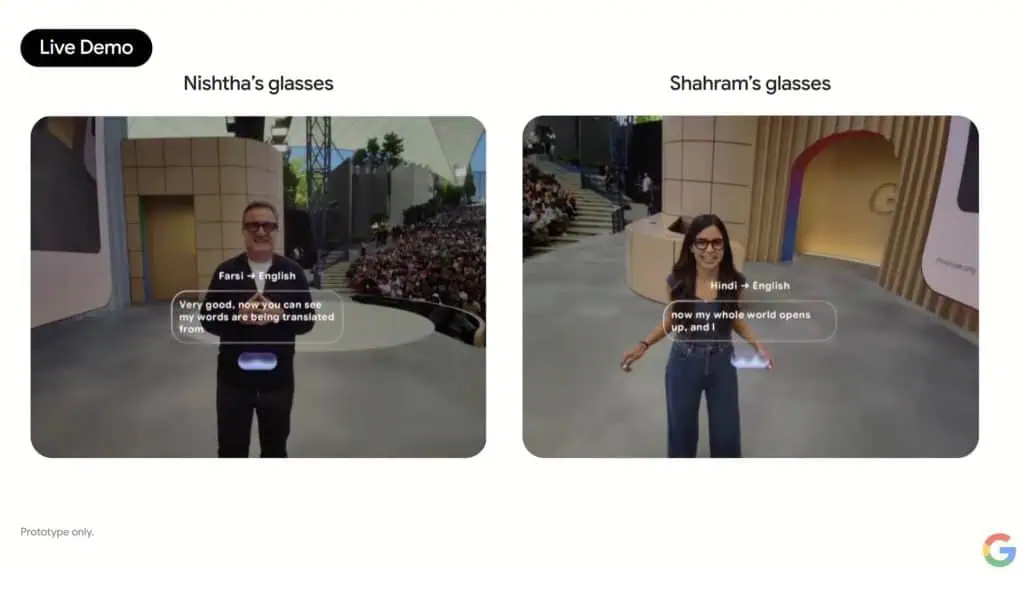
Or maybe you’re exploring a new city. Instead of constantly looking at a map on your phone, AR in smart glasses could highlight points of interest as you walk by, giving you historical facts or restaurant reviews without you even needing to stop or pull out a device. It’s like having a personal tour guide in your line of sight.
Contextual Awareness
Smart glasses understand where you are and what you’re doing. This is “contextual awareness.” They use sensors and data to figure out the situation.
They can tell if you’re driving, walking, or sitting at a desk. This understanding lets them show you information that’s relevant to that moment.
For example, if you’re at a train station, smart glasses might automatically display the departure board information. No need to pull out your phone and open an app. If you’re in a store, they might recognise the product you’re looking at and show you reviews or price comparisons. They tailor the information to your immediate surroundings and actions.
And it’s hypothetical scenarios. For example, Google’s new glasses project, Android XR glasses, showed how smart glasses could translate conversations in real-time, displaying the translated text in your line of sight as someone speaks a different language.
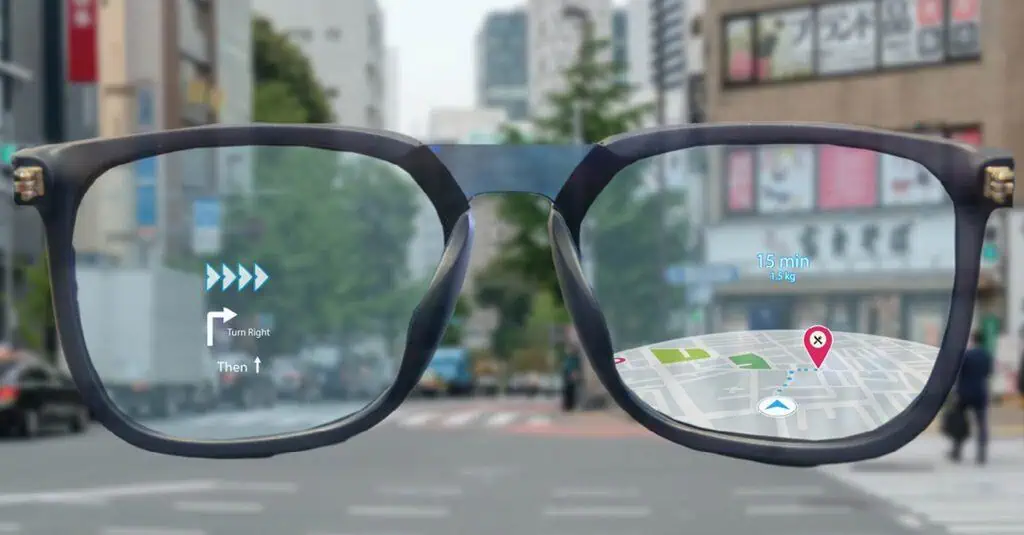
That’s contextual awareness on the go that smartphones can’t beat.
AI Integration
One of the reasons smart glasses (like Google Glass) failed previously was the lack of a strong use case. It was just glasses with not-so-interactive features.
But AI changes this. Today’s smart glasses, like Meta Ray-Ban smart glasses, Google’s Android XR, and Snap’s Spectacles, use AI to make them much more helpful.
For example, Google’s new glasses can now connect to the internet and utilise AI for real-time information retrieval. Imagine wearing glasses that can not only capture images but also recognise landmarks. As you look at a famous building, the glasses could give you a brief history or even suggest nearby attractions. This feature makes them far more engaging.
In fact, according to Sergey Brin (Google’s cofounder), smart glasses could be the next major platform after phones, as they are the “perfect” hardware for AI.
Now, take a look at the competition. Meta’s Ray-Ban smart glasses and Snap’s Spectacles are also upping their game. They integrate social media, enabling users to effortlessly capture and share moments. With just a tap, you can send your latest adventure to friends. This blend of AI, AR and social sharing creates an interactive experience that resonates with today’s tech-savvy users.
And since AI now understands voice inputs (unlike the robotic responses of the past), it’s predicted that it’ll become more handy than smartphones when it comes to tasks that need verbal directions.
The Advantage Of Smartphones Over Glasses
While smart glasses hold a bright future, smartphones still possess some key advantages today that may be difficult to overcome, even by the best smart glasses. Here are a few examples –
Battery life
With current battery technology, smart glasses simply cannot compete with the long battery life of smartphones. Running all those AI features, displays, and sensors takes a lot of power. This means frequent charging, which can be a hassle.
Smartphones, on the other hand, are bigger, have larger batteries, and often last all day on a single charge. This makes them more practical for daily use.
For a fact, the average battery life of smart glasses is 3-4 hours with moderate use, while that of a smartphone can easily last a full day.
Input Methods and User Interface (UI/UX)
Smartphones capitalise on what’s known as “micro-moments.” These are those brief instances when you instinctively reach for your phone for quick answers or to complete a simple task. Think of checking the weather or finding a nearby coffee shop. Smartphones excel in these moments because they offer seamless user interfaces and fast responses.
For example, if you want to check your email, you can do it in just a few taps. The touchscreen interface is intuitive and universally understood. Everyone from your tech-savvy niece to your tech-averse grandma can navigate it with ease.
Plus, there’s an app for each such micro-moment and a keyboard that doesn’t mess up. Typing on a smartphone is second nature for most people. Whether you’re texting a friend or writing a to-do list, the on-screen keyboard is familiar and efficient.
Smart glasses, on the other hand, struggle to provide the same level of intuitive interaction. Although voice commands and gestures are innovative, they’re not always reliable.
Imagine trying to send a text using voice commands in a noisy environment.
Not exactly convenient, right? And gestures can sometimes misinterpret your intentions, leading to frustrating user experiences.
App Ecosystem
One factor that could hinder smart glasses from completely replacing smartphones is the network effect created by the vast app ecosystem.
This ecosystem comprises millions of participants, including users, developers, marketers, and even regulators. It’s a bustling digital marketplace where almost every need has an app.
Smartphones are the central hub for this ecosystem. They’re like the Swiss army knife of technology, packed with tools and features for almost any scenario.
This vast collection of apps enables smartphones to adapt and offer a wide range of functionalities, from gaming and navigation to fitness tracking and online shopping.
Smart glasses, however, are still in the early stages. Their app ecosystem is small, with limited offerings.
Developing applications for smart glasses presents unique challenges.
For instance, the user interface needs to be reimagined to accommodate small displays and alternative input methods, such as voice or gestures.
Moreover, it’s not as beneficial to develop an app for a platform with a smaller user base. This chicken-and-egg problem makes it hard for smart glasses to catch up. Why? Because developers go where the users are, and users go where the apps are. It’s a tough cycle to break.
Privacy and Security
The biggest problem with smart glasses is that they see and listen to everything you do. This constant surveillance raises serious privacy and security concerns.
Say you’re at a café. Your glasses could unintentionally capture sensitive conversations or private moments. It’s like having a camera on your face. Not everyone will be comfortable with that.
There was already an uproar about privacy with voice assistants like Alexa, where a CNET survey indicated that over 70% of users have privacy concerns with devices like Amazon Echo. This discomfort stems from the fear of being constantly monitored. Now, imagine that unease magnified with smart glasses, which could potentially capture both audio and visual data.
And then there’s a fear of getting hacked. That’s worse.
What if someone gains unauthorised access to your smart glasses? They could see everything you see. It’s like giving a stranger a front-row seat to your life. Not a comforting thought.
Smartphones, even though not entirely immune, offer more established security protocols. App developers and manufacturers have spent years refining their security measures. Consider fingerprint sensors, facial recognition, and two-factor authentication. These tools act as barriers against unwanted access. Smart glasses have yet to catch up.
The Final Verdict – Will Smart Glasses Replace Smartphones?
While smart glasses may seem like a futuristic gadget at present, there is potential for their future growth. Yet, replacing smartphones is a big ask.
Because it’s not just about replacing a device. We are talking about replacing an entire ecosystem. It’s not just about ditching a device. It’s about leaving an entire ecosystem behind. Say you’re part of Apple’s ecosystem. Switching from it isn’t a walk in the park. Your iCloud, your apps, your files, everything is interconnected. It’s almost like being tangled in a web. Chris Wiegman shares a personal experience about how leaving such ecosystems is challenging yet doable with careful planning.
So the future isn’t about replacing. It’s about coexistence.
A startup consultant, digital marketer, traveller, and philomath. Aashish has worked with over 20 startups and successfully helped them ideate, raise money, and succeed. When not working, he can be found hiking, camping, and stargazing.
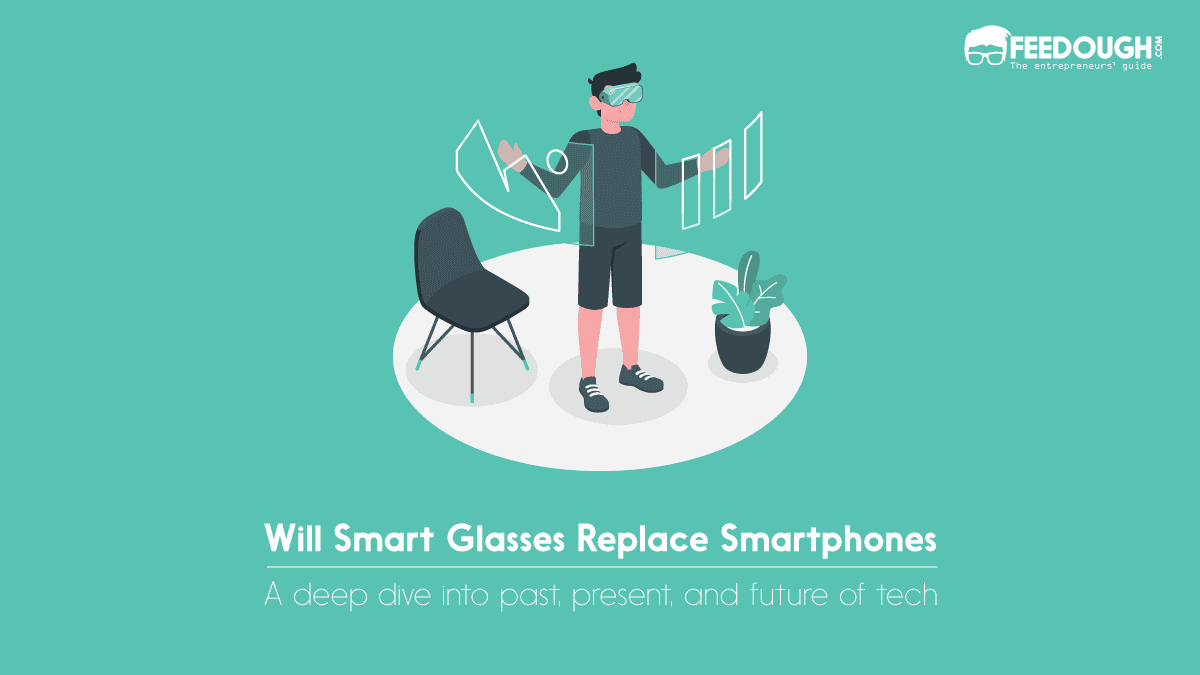
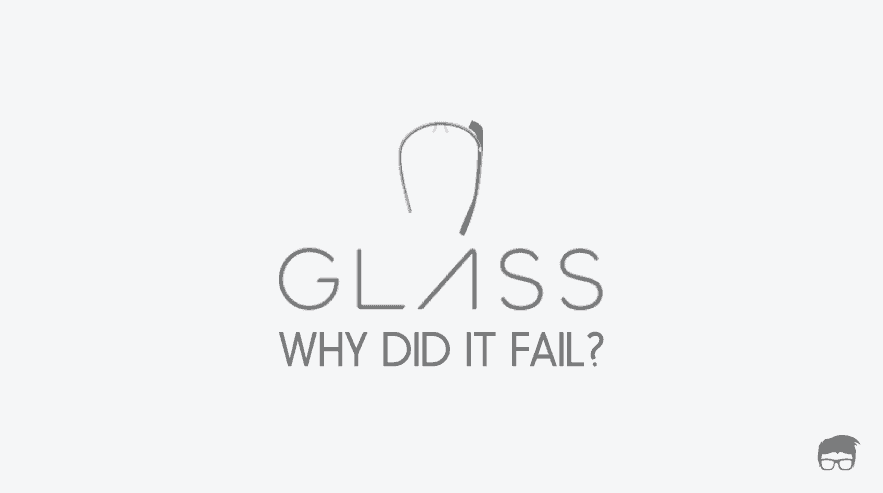

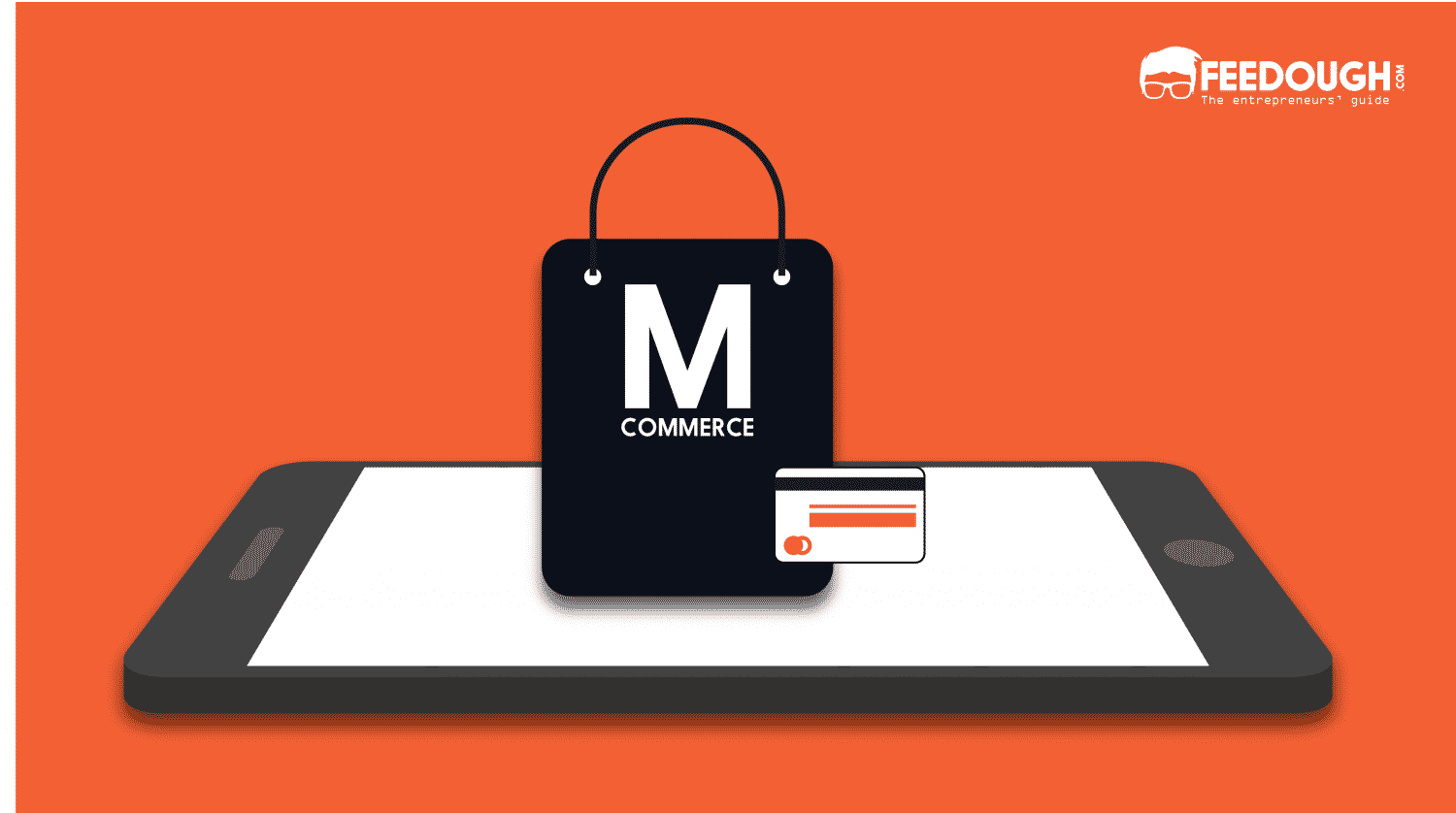


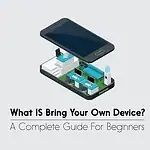
![What Is A Cryptoasset? Types Of Cryptoassets [Ultimate Guide] cryptoassets](https://www.feedough.com/wp-content/uploads/2018/03/cryptoassets-02.webp)

